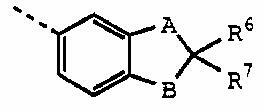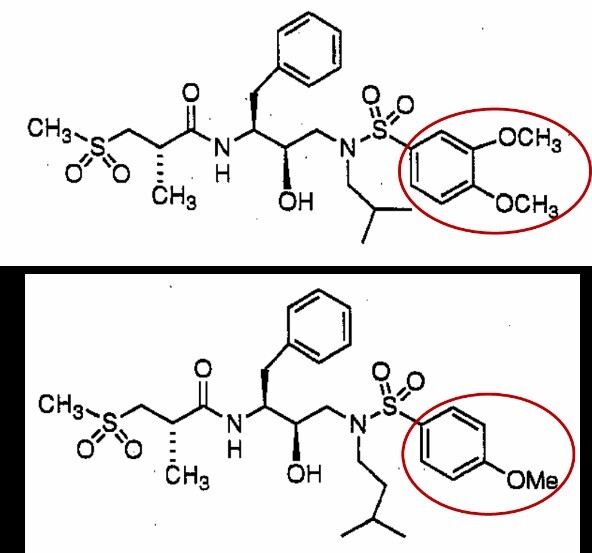IP Court Establishes Selection of Lead Compound and Motivation to Modify the Lead Compound Part III | Comparative Analysis across Taiwan, the United States, Europe and China
Date: 20 June 2022
In part I and part II, we discussed the examination practices on “lead compound selection” and “motivation to modify a compound” in Taiwan and the United States. In the following, we will discuss the regulations and practices in China and Europe.
3.Europe
In Comparison to the US, Europe places less emphasis on lead compound selection. The European Patent Office (EPO) allows an invalidation petitioner to freely select the closest prior art1 , but warns that this may lead to hindsight bias. And should there be any apparent flaw in the prior art for a PHOSITA to avert from selecting the compound as the basis for further improvement, the prior art compound cannot be deemed as an eligible starting point, or hindsight bias would occur 2.
The EPO sets strict standards for determining the inventive step/non-obviousness of a compound in the pharmaceutical area, which aim towards common technical means in the field of chemistry such as structural alteration, bioisostere, etc. Unless there is convincing evidence that a structural modification is unlikely to generate major changes in the property of the compound, it is assumed that any adjustment to the structure would impact the property of the compound. That is, a PHOSITA has the motive to modify the structure only if the prior art clearly states that "structural changes would not produce substantial impact on the activity of the compound," leading to the lack of inventive step of the patent at issue.
We will introduce the standards of the EPO with the following pharmaceutical case.
T358/04 Decision
The Examining Division of the EPO considers that the patent at issue distinguishes from document (1) in that R4 is a phenyl fused with a 5-ring member heterocyclo radical and not a phenyl substituted by univalent radicals; and it distinguishes from document (2) in that R4 is a phenyl fused with a 5-ring member heterocyclo radical and not a heteroaryl or heterocycloalkyl radical. Compounds of identical fundamental structure with difference merely in R4 would have been anticipated by a PHOSITA to exhibit HIV protease inhibiting activity. The claimed subject matter was thus determined to be structurally similar to the prior art compound. And without having an unexpected effect, the patent at issue did not involve an inventive step. The patentee was dissatisfied with the result and lodged an appeal with the Board of Appeal.

Formula of R4 radical of the patent at issue
Nonetheless, the Board believes that there is no teaching or suggestion in the prior art to show that these modifications would not affect the activity of the compound. There is no teaching in document (1) to replace the univalent radicals on phenyl with a fused ring. And the group attached to the sulphonamide moiety in document (2) is a heterocycloalkyl or heteroaryl radical, hence, the claimed subject matter is not disclosed. Furthermore, the Board also considers that the compound in document (1) wherein R4 is a m-, p-dimethoxyphenyl group, was more than ten times less active than is a p-methoxyphenyl group (shown in the following figure). A PHOSITA would certainly not have been induced to pursue in that non-promising direction and there is no reason for a PHOSITA to try compounds wherein the two alkoxy groups in the meta and para position are attached together to form a divalent radical. For the above reasons, the Board concluded that the judgement made by the Examining Division regarding inventive step was faulty, and the rejection was abandoned.

Dimethoxyphenyl substituted compound disclosed in document (1) (top figure), and methoxyphenyl substituted compound (bottom figure)
4.China
In examination practices, China evaluates inventive step based primarily on “structural similarity.” As in Taiwan, if a claimed compound does not resemble the prior art compound in respect to structure, it generally involves an inventive step. On the contrary, if a claimed compound resembles a prior art compound, an unexpected effect is usually required to prove its inventiveness. Still, the China Patent Examination Guidelines do not address how structural similarity is determined between a claimed compound and a prior art compound. Only a handful of instances are illustrated. For example, compounds that are structurally similar would contain identical fundamental core moieties or fundamental rings. Yet, the terms “fundamental core moiety” and “fundamental ring” are not defined any further. Correspondingly, examiners would hold divergent opinions on the assessment of structural similarity in different cases. More judgements would be needed as a rule of thumb to develop a consistent standard.
Conclusion
For determining the inventive steps of compound patent, U.S. Court of Appeals for the Federal Circuit (CAFC) established lead compound analysis (LCA), which values the selection of starting point of the claimed invention rather than the compound with the highest structural similarity. By contrast, the European Patent Office (EPO) does not particularly emphasize the starting point of invention, but adopts prudent and strict standards on compound structure modification. Different from the opinions of CAFC and EPO, China’s Examination Guidelines and Taiwan Patent Examination Guidelines adopt the same standards, which prescribe that the claimed compound sharing similar structure with a known compound does not involve inventive steps in principle unless proven to show unexpected effects.
[1]T570/91 Decision
[2]T439/92 Decision






